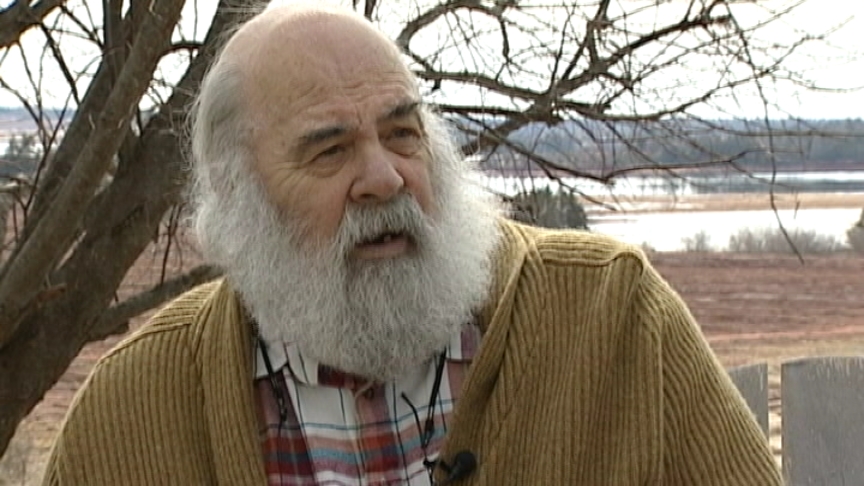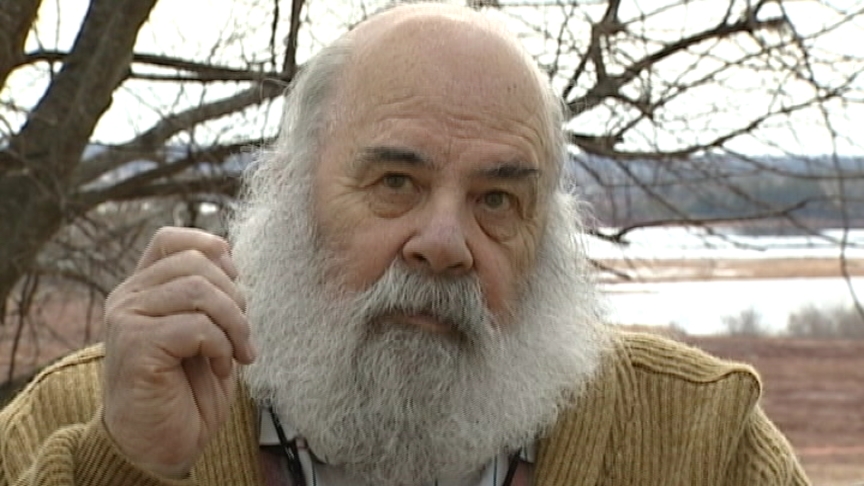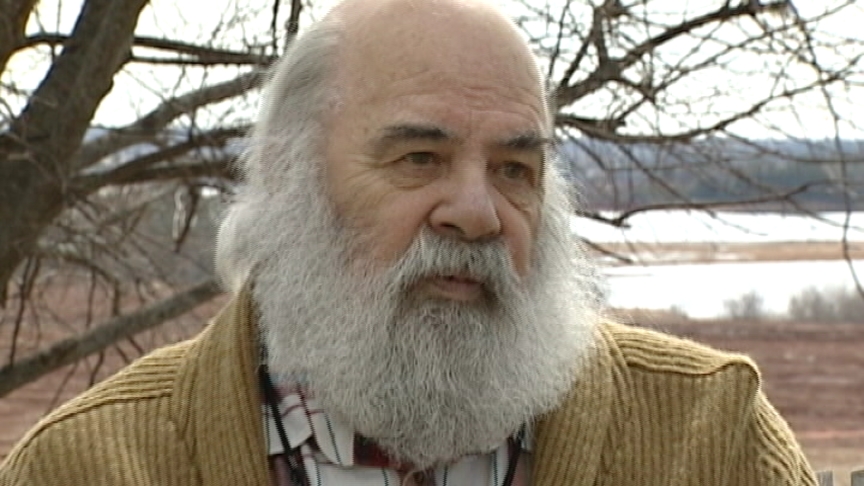The Lancaster bomber as a Submarine Tracker
Heroes Remember
The Lancaster bomber as a Submarine Tracker
Transcript
I was assigned to Squadron 405. The other squadron on the
base was 404 and 407 was out in Comox and we were all flying D
Mothball World War Two Lancasters. Now if you know the air
craft at all, it was designed as a high altitude bomber to fly
over Germany during the closing phase of the war in particular.
Here we were using them as low altitude anti-submarine air craft.
The radar which in the Lancaster again was designed as high
altitude, low definition radar when what you needed for the kind
of missions we were doing was low altitude, high definition radar
Generally it would work for an hour or two and then you'd pack it
up anyway, we couldn’t use it.
The radio operator was also the tail gunner, and the
aircraft still had four Browning 303 machine guns with which
we would defend the country and ward off attacking enemy
aircraft should any make it across the Atlantic I suppose.
We also were carrying extra fuel tanks where the bomb bay used to
be but it was mostly now fuel tank. So that we had an
endurance of 13, 14 hours and we flew long, long missions.
Normally, 8 to 10 hours or so. We would fly them off Nova
Scotia and we would go on training trips abroad and of course
because of the age of the aircraft, they had occasionally, one
would fall out of the sky. So the aircraft were aged.
They still, as I say in the beginning, still had the tail turrets
and I gotta tell you, you want to experience something.
Anybody my size, mind you I was a lot thinner then, but I was
still pretty tall, trying to get into that tail turret and you
couldn’t get in with your parachute. So you had to leave your
parachute inside where theoretically, you know, you’d try to
get out and grab it, but when you go into a tight turret like
the Lancaster. Let me tell you and you’re in that tail
turret, you’re pulling geeze like you wouldn’t believe.
You’re pretty well smashed against the side of the thing,
you know. Well it never came to the point where
we had to reach for our parachutes.
Description
Mr. McAndrew describes the paradox of a high altitude bomber being used for low-level marine surveillance, and describes the inadequacies of the radar of the day.
John Allison ‘Jack’ McAndrew
John McAndrew was born in Dalhousie, New Brunswick on February 15, 1933. His family moved to Charlottetown, where he grew up. He decided to enlist in the Royal Canadian Air Force, hoping to become a pilot, but was selected to become a radio officer, flying in a converted Lancaster bomber on anti-submarine patrols over Canada’s Eastern waters. For him, peacetime service proved uneventful and he moved on to a successful career in broadcasting. At the time of his retirement Mr. McAndrew held the rank of Flying Officer.
Meta Data
- Medium:
- Video
- Owner:
- Veterans Affairs Canada
- Duration:
- 2:28
- Person Interviewed:
- John Allison ‘Jack’ McAndrew
- War, Conflict or Mission:
- Canadian Armed Forces
- Location/Theatre:
- Atlantic Ocean
- Branch:
- Air Force
- Units/Ship:
- 407 Squadron
- Rank:
- Flying Officer
- Occupation:
- Radio Operator
Related Videos
- Date modified:







